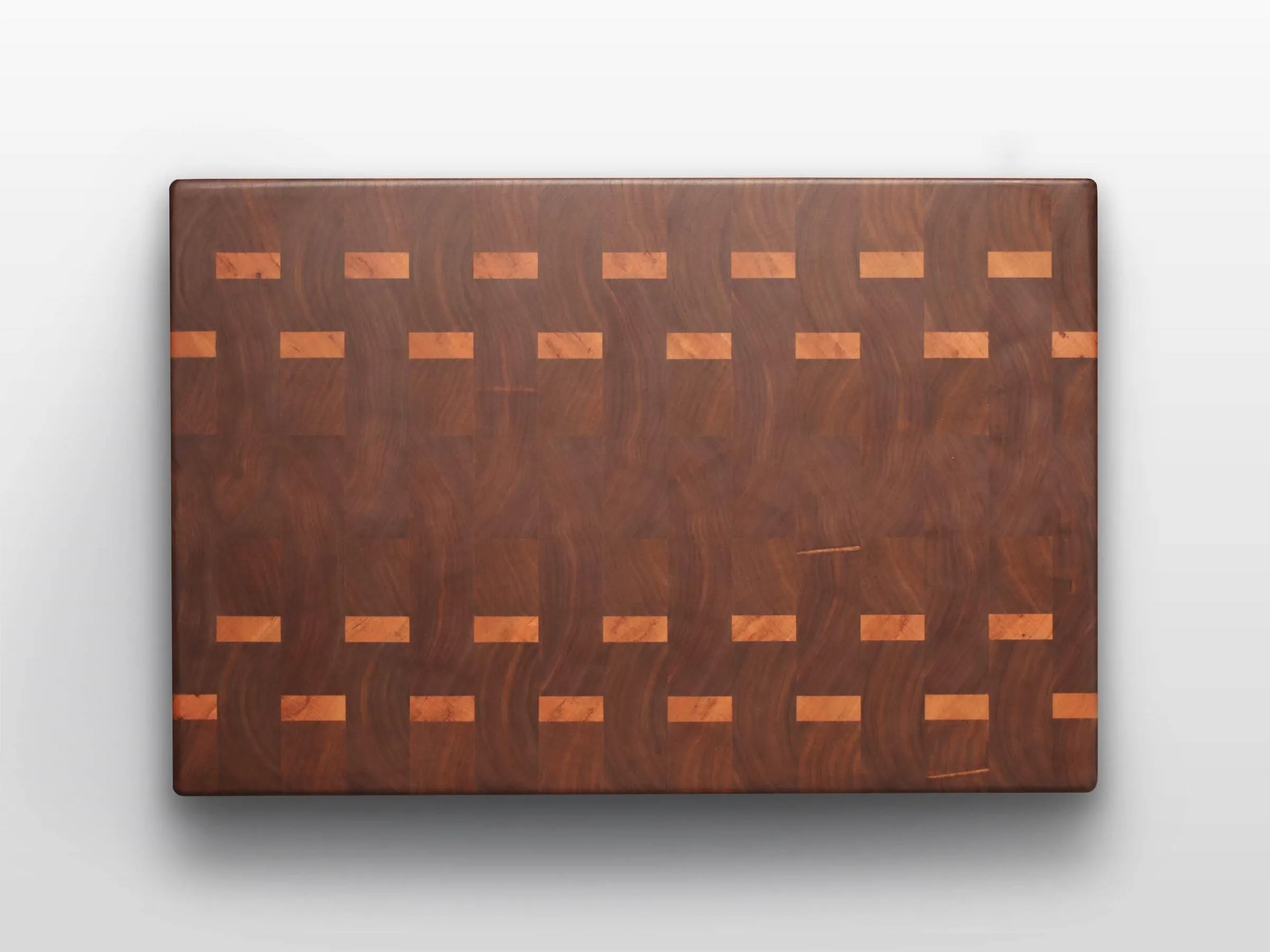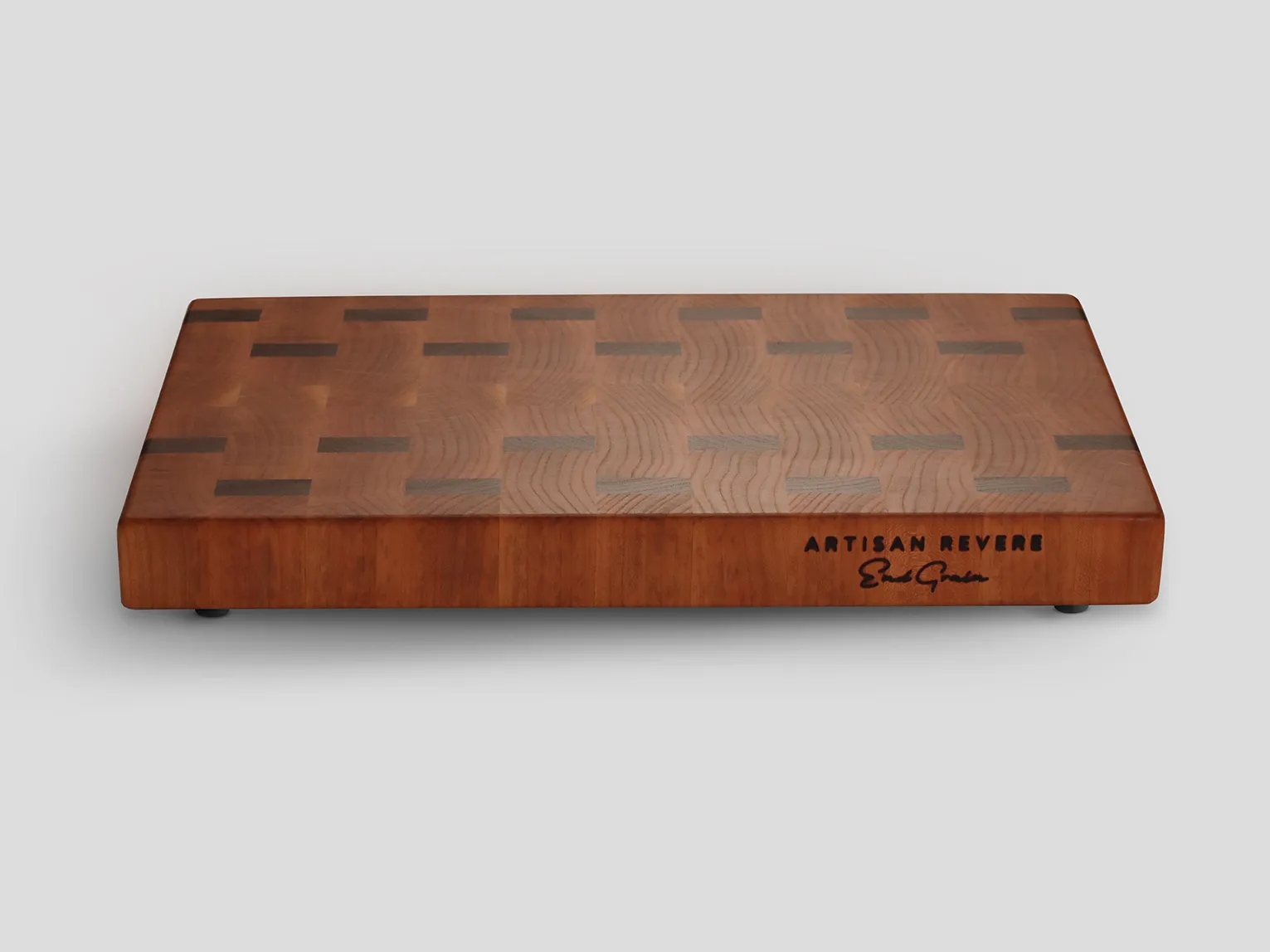The Definitive Guide to Cutting Boards: Choosing the Best for Your Kitchen

Hey there, fellow kitchen enthusiasts! Robert Kline here, your trusted guide in the world of handcrafted artistry. Today, let’s talk about an indispensable tool in any kitchen: the cutting board.
A cutting board is more than just a surface to prep food; it’s a reflection of your culinary style. Choosing the right board can enhance your cooking experience and ensure your knives stay sharper for longer. But with so many options available, how do you know which cutting board is right for you?
Let’s dive into the wonderful world of cutting boards, exploring the different types, their pros and cons, and some expert tips to help you make an informed decision.
Why Choosing the Right Cutting Board Matters
Using the correct cutting board not only protects your knives but also impacts food safety and the longevity of the board itself. The wrong material can dull your knives quickly, making prepping a chore. Plus, a damaged or poorly maintained cutting board can become a breeding ground for bacteria.
Wood vs. Plastic vs. Rubber: The Great Cutting Board Debate
Choosing the right cutting board often comes down to these three materials:
## Section 1: Wooden Boards
Ah, wood! The classic choice for cutting boards. They’re beautiful, durable, and add a touch of warmth to your kitchen. But not all wooden boards are created equal.
End-Grain vs. Edge-Grain: What’s the Difference?
-
End-Grain: These boards are crafted from the ends of wood fibers, resulting in a self-healing surface that’s gentler on your knives. They’re more expensive but offer superior durability and longevity. Think of them as a worthwhile investment for any serious home cook.
-
Edge-Grain: Made from long, flat pieces of wood, edge-grain boards are less expensive than end-grain but require more maintenance. They’re prone to scarring and can dull your knives faster.
Best Wood for Cutting Boards: Look for hardwood varieties like walnut, cherry, or maple.
“I always recommend end-grain boards to my clients,” says Chef Emily Carter, a renowned culinary instructor. “They’re a joy to work with, and the way they preserve the sharpness of your knives is remarkable.”
 The definitive guide to cutting boards
The definitive guide to cutting boards
## Section 2: Plastic and Rubber Boards: Practical and Hygienic
Don’t dismiss plastic and rubber just yet! They play a vital role in maintaining a hygienic kitchen.
-
Plastic: Lightweight, inexpensive, and dishwasher-safe, plastic boards are ideal for prepping raw meats and poultry. They’re easy to sanitize, reducing the risk of cross-contamination.
-
Synthetic Rubber: These boards offer excellent grip and are relatively knife-friendly. They’re a favorite among chefs who prioritize precision slicing. However, they can be prone to staining.
“While I love the feel of wood, having a dedicated plastic board for raw meats is crucial for food safety,” advises Chef Michael Jones, a food safety expert.
## Section 3: Materials to Avoid
Some materials may seem tempting but are best avoided:
- Bamboo: Despite being a renewable resource, bamboo is very hard and can dull your knives quickly.
- Glass: Beautiful but impractical, glass will ruin your knives and can be dangerous if shattered.
- Teak: While aesthetically pleasing, teak contains silica, which is abrasive and will dull your knives.
Choosing the Right Size and Thickness
The size and thickness of your cutting board depend on your needs and available counter space.
- Thickness: A thicker board is generally more durable and less prone to warping. Look for boards that are at least 1.25 inches thick, with 1.75 to 2 inches being ideal.
- Size: A good all-purpose size is around 16×10 inches to 20×16 inches. Consider a smaller board for quick tasks and a larger one for prepping elaborate meals.
 WHAT KITCHEN KNIVES DO I NEED?
WHAT KITCHEN KNIVES DO I NEED?
Caring for Your Cutting Board
Proper care ensures your cutting board stays in top condition for years to come.
- Wood: Wash with warm soapy water, dry immediately, and oil regularly with food-grade mineral oil or beeswax to prevent drying and cracking.
- Plastic: Dishwasher-safe but handwashing is recommended to prolong their lifespan.
- Rubber: Wash with warm soapy water and avoid abrasive cleaners.
Conclusion
Choosing the right cutting board is a matter of personal preference and kitchen habits. Whether you’re drawn to the elegance of wood, the practicality of plastic, or the professional feel of rubber, there’s a perfect cutting board out there for you. Remember to consider your needs, budget, and the importance of knife care and food safety.
Now that you’re well-versed in the art of choosing the perfect cutting board, why not explore the world of handmade wooden cutting boards? At Robert Kline Art, we offer a curated collection of stunning and durable end-grain cutting boards, crafted with the finest rescued hardwoods. Each board is a work of art, designed to elevate your culinary experience and become a cherished heirloom in your kitchen.
